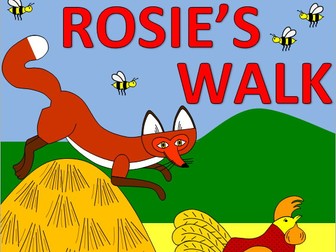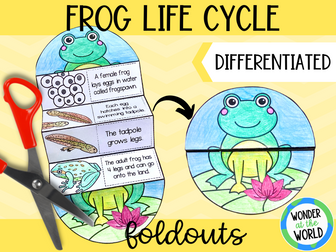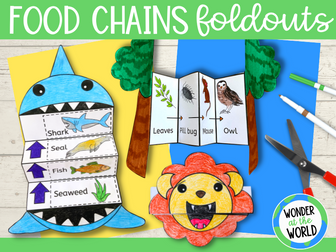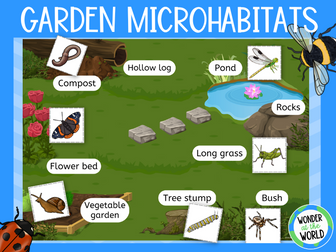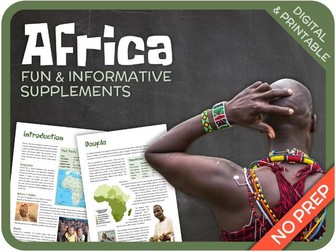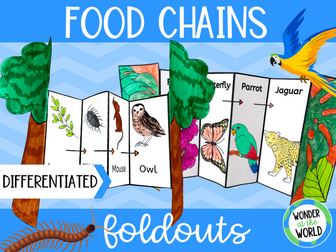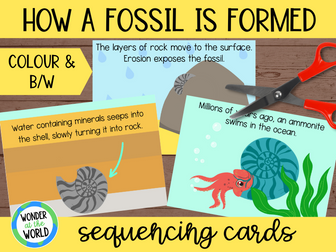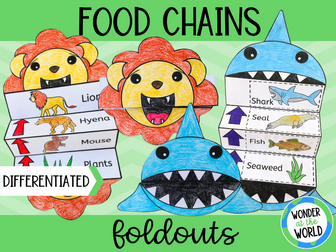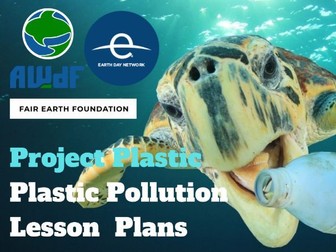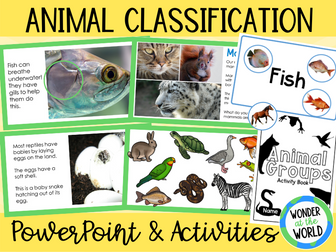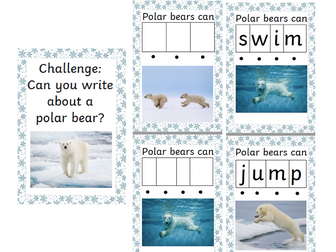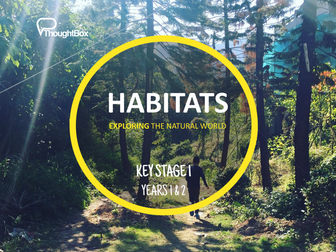
Rosie's Walk resource pack- story sack, farm
A great resource pack for the story ‘Rosie’s Walk’
Includes:
Display banner
Display border
Word cards- words on beehives relating to the story
Word and picture flashcards
Photos- colours photos of farmyards and the animals in the story
Fact cards- simple fact cards with facts about foxes and chickens
A4 word card
Hen alphabet- a lovely alphabet line on colourful hens
Writing sheets- a set of writing sheets with borders for the children to write on and use in the writing area
Speech bubble worksheets- fill in the speech bubbles to show what the characters are saying
Rhyming words- sort the pictures into those that rhyme with ‘hen’ and ‘fox’
Word searches- two word searches with words from the story to find
Worksheets- a collection of worksheets about the story
Character worksheets- write about the characters in the story
Label a hen- label the different parts of the hen
‘My Walk’ book- make your own book about your walk and what you see on the way
Bee number line- a number line to 50 on colourful bees
Preposition words- words from the story to add to a display
Counting cards- count the bees from 1-10
Preposition posters- with word and a picture showing the hen behind, in front etc
Preposition worksheet- write where the hen is in each picture
Size ordering worksheets- order the hens by size- in colour and also black and white
Counting worksheets- count the number of bees and hens
Preposition play mat- place Rosie behind, next to etc
Bee number rhyme pack- a rhyme card for singing the rhyme, face masks and props for use when singing the rhyme
Matching pairs- match the pictures
Build a hen- roll a die and collect a part of your hen- how many hens can you make?
Board game- travel around the farmyard to reach the hen house first
Preposition bingo- collect the different pictures for your board
Design a new hen house- design a new house for Rosie
Tracing sheets- trace the dotted lines on the pictures to practice fine motor control
Stick puppets- colour and make your own stick puppet characters
Play dough mats- make the different things seen on Rosie’s walk
Colouring
Drawing worksheets- draw the different things found on Rosie’s farm
Farm map- cut and stick the things seen on Rosie’s walk through the farm yard
Make a windmill
Sequence pictures- a set of coloured pictures to use when retelling the story
Story props- large coloured pictures of the different things in the story
Story map- an A4 and an A3 map of the Rosie’s farm- great for display and discussion
Face masks
Please note: The art work used in these resources has been produced by ourselves. It is not associated with, or endorsed by the authors or publishers of the story, or any related stories or products.
